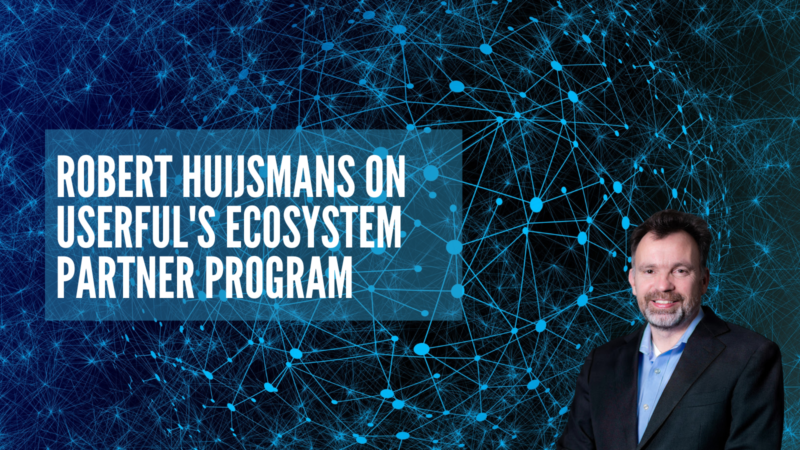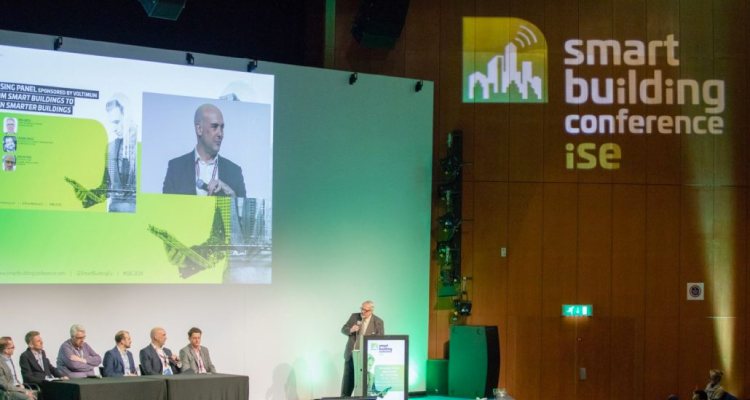NEW IDC EI Report: Smart Buildings and the Smart Grid — Strategy for an Integrated Future
 Interconnection between Smart Buildings and the Smart Grid represents significant opportunity for economic gains and grid stability. While Smart Buildings and the Smart Grid are developing in parallel, there is a near-complete void of the shared business practices and technology alignment necessary to make this opportunity a reality in the near term.
Interconnection between Smart Buildings and the Smart Grid represents significant opportunity for economic gains and grid stability. While Smart Buildings and the Smart Grid are developing in parallel, there is a near-complete void of the shared business practices and technology alignment necessary to make this opportunity a reality in the near term.
This IDC EI study explores how to institute best practices in business processes and technology adoption to converge the development of Smart Buildings and the Smart Grid in a way that generates benefits to parties on both sides of the meter. Smart Building solutions are being adopted at growing rates due to the economic benefits they offer building owners, with little benefit transferring to electric utilities. At the same time, Smart Grid developments are generating value for electric utilities but without transferring significant benefit to commercial, industrial or institutional building owners.
Building management decision makers, technology vendors and electric utilities all have a stake in the development of a paradigm of interoperability between Smart Buildings and the Smart Grid. The problem today is a disconnect between the development of Smart Buildings and the Smart Grid and the heterogeneous market conditions for electric utilities and drivers for technology investment has translated to a void in the kind of best practices that support market transformation.
This IDC Energy Insights study discovered how smart technologies are improving system operations and delivering quantifiable benefits to stakeholders on both sides of the meter. There are illustrations of successful deployment of Smart Grid technologies that deliver reliability, support regulatory compliance and support market demands for electric utilities. There are also growing numbers of examples of Smart Buildings that improve operations, maintenance and support business goals.
Now we see opportunities to learn from pilot programs and early adopters of both Smart Building and Smart Grid technologies to develop a framework of “next practices” that can foster collaboration between stakeholders to promote more coordinated development of Smart Buildings and the Smart Grid.
The development of Smart Buildings and the Smart Grid is happening through parallel but distinct processes. Interconnected and interoperable Smart Buildings and Smart Grids represent significant value in terms of economics, reliability, and efficiency. Improving awareness of the value of smart technologies on both sides of the meter is essential for aligning the benefits of investment to begin a convergence in the adoption of infrastructure necessary to make the connected paradigm a reality.
Are you a subscriber to IDC Energy Insights Smart Grid & Distributed Energy Strategies? If so read our findings on how this convergence can happen.
Reprinted with permission from IDC Community Insights. Find the original here.





